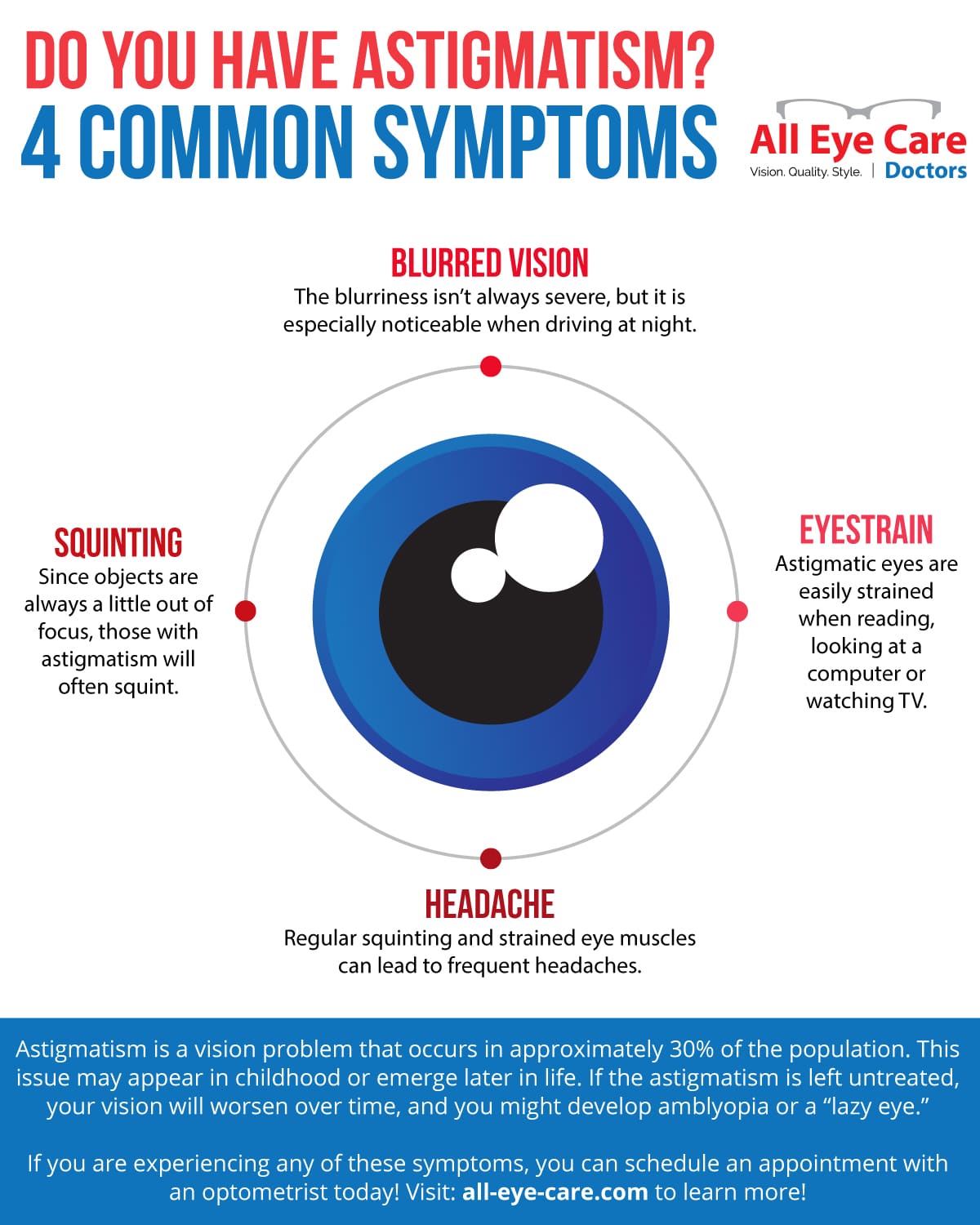How Does SMILE Eye Surgical Treatment Compare To LASIK And PRK?
How Does SMILE Eye Surgical Treatment Compare To LASIK And PRK?
Blog Article
Write- visit the site -McElroy Tang
If you've been considering SMILE eye surgery, you could ask yourself how it compares to LASIK and PRK. Each procedure has its own collection of advantages and factors to consider. From quicker recovery times to possible dangers, there are key distinctions you need to recognize prior to making a decision. Recognizing these differences will certainly assist you make an enlightened selection that straightens with your certain needs and assumptions. https://louisqkfyt.luwebs.com/35766574/discovering-the-most-up-to-date-technological-advancements-in-cataract-surgical-procedure to know even more regarding just how these treatments contrast carefully? Continue exploring to get a detailed understanding of SMILE, LASIK, and PRK.
SMILE Eye Surgery Introduction
If you're taking into consideration SMILE eye surgical treatment, you'll locate it to be a minimally intrusive treatment with a quick recovery time. Throughout SMILE (Small Laceration Lenticule Removal), a laser is made use of to develop a tiny, exact incision in the cornea to eliminate a small item of cells, improving it to remedy your vision. This differs from LASIK, where a flap is developed, and PRK, where the outer layer of the cornea is totally eliminated.
Among the vital advantages of SMILE is its minimally invasive nature, bring about a faster healing process and much less discomfort post-surgery. The recovery time for SMILE is fairly fast, with many people experiencing improved vision within a day or 2. This makes it a popular option for those seeking a convenient and effective vision correction treatment. Additionally, SMILE has been shown to have a reduced threat of dry eye syndrome contrasted to LASIK, making it a beneficial option for individuals worried about this possible negative effects.
Distinctions In Between SMILE, LASIK, and PRK
When contrasting SMILE, LASIK, and PRK eye surgical treatments, it is very important to comprehend the distinct methods utilized in each treatment for vision adjustment.
SMILE (Tiny Cut Lenticule Removal) is a minimally invasive procedure that entails developing a small laceration to extract a lenticule from the cornea, reshaping it to remedy vision.
LASIK (Laser-Assisted In Situ Keratomileusis) includes developing a slim flap on the cornea, using a laser to improve the underlying tissue, and afterwards repositioning the flap.
PRK (Photorefractive Keratectomy) removes the external layer of the cornea before improving the cells with a laser.
The main distinction lies in the way the cornea is accessed and dealt with. SMILE is flapless, making it a great alternative for individuals with thin corneas or those involved in get in touch with sports. LASIK uses fast aesthetic healing due to the flap creation, yet it might pose a greater danger of flap-related difficulties. PRK, although having a longer recuperation duration, stays clear of flap-related problems altogether.
Understanding these differences is crucial in choosing the most appropriate treatment for your vision adjustment needs.
Benefits And Drawbacks Contrast
To assess the advantages and downsides of SMILE, LASIK, and PRK eye surgeries, it's important to take into consideration the certain benefits and prospective constraints of each treatment. SMILE surgical procedure provides the advantage of a minimally intrusive treatment, with a smaller sized incision and potentially quicker recovery time compared to LASIK and PRK. It also minimizes the risk of dry eye post-surgery, a typical adverse effects of LASIK. Nonetheless, SMILE might have constraints in treating greater degrees of nearsightedness or astigmatism compared to LASIK.
LASIK surgical procedure supplies quick visual healing and minimal pain during the procedure. It's highly efficient in treating a vast array of refractive errors, including nearsightedness, hyperopia, and astigmatism. Yet, LASIK carries a threat of flap problems, which can impact the corneal framework.
PRK eye surgical treatment, while not as prominent as LASIK, stays clear of developing a corneal flap, reducing the threat of flap-related problems. It appropriates for patients with thin corneas or uneven corneal surface areas. Nevertheless, PRK has a much longer healing time and might involve much more discomfort during the recovery process.
Final thought
So, when it concerns choosing between SMILE, LASIK, and PRK, think about it like selecting the perfect set of footwear. SMILE is like a sleek, comfortable pair of sneakers - quick and very easy.
LASIK is a lot more like trendy high heels - fancy and quick, but with some prospective dangers.
PRK resembles strong hiking boots - trustworthy and sturdy, but needing a bit even more effort and time.
Inevitably, the very best option depends upon your individual needs and choices.
